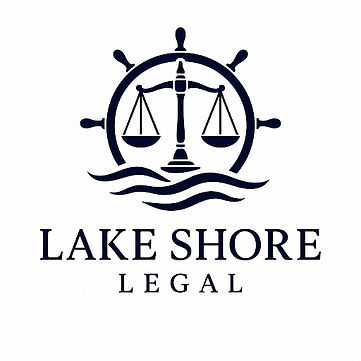Chapter 13 Bankruptcy-Overview
- Nicholas Adamopoulos
- Apr 23, 2020
- 2 min read
A Chapter 13 Bankruptcy Proceeding provides for the adjustment of debts for certain individuals, providing an alternative that permits individuals to retain their assets and repay a portion of debt from their income. The goal of a Chapter 13 plan, which would be confirmed by the Bankruptcy Court, is to provide a plan for repayment of debt.
Chapter 13 is limited to individuals with debt below a specific limitation. A debtor must have no more than $394,725 in noncontingent, liquidated, unsecured debts and no more than $1,184,200 in secured debts that are noncontingent and liquidated. Further, a Chapter 13 debtor must have a regular income. Regular income can be anything from a steady paycheck to social security benefits, investment income, pension income, or public assistance benefits.
Chapter 13 differs from the previously discussed Chapter 7 filing. In a Chapter 13, the debtor retains possession of the property and continues to manage any businesses of the debtor. A Trustee, appointed by the Court, collects and distributes payments to creditors and acts to investigate the debtor’s financial situation and assets. However, similar to Chapter 7, once a Chapter 13 proceeding is filed, the automatic stay concerning collection and litigation attaches.
During a Chapter 13 proceeding, a debtor proposes a plan to the court to repay creditors over a three to five-year time period. Creditors of a Chapter 13 debtor must receive at a minimum the amount that they would have been entitled to had the debtor filed a Chapter 7.
Once again, the objective of a bankruptcy is the discharge. The discharge leads to the release of any balance owed on debts from the debtor. However, while the debtor is released from personal liability for these debts, creditors that have secured their debt interest through a lien or security interest may still proceed against the collateral. Similar to Chapter 7 debts owed for taxes, domestic support obligations, fines/penalties and debts due to fraud are considered non-dischargeable debts.
A Chapter 13 debtor must file a Chapter 13 payment plan with her petition at the beginning of the case or within 14 days thereafter. The plan is filed with the court and sent to all creditors. The plan lays out the payment of a fixed amount to the Chapter 13 Trustee on a normal, typically monthly, basis. Within 30 days of filing the bankruptcy petition, the debtor must start making payments under the plan.
If you have increasing debt and are facing financial difficulty give Lake Shore Legal a call at 508-943-7800. Allow our attorneys to sit down with you and explain our options and formulate a plan to help both you and your family during this difficult period.





Comments